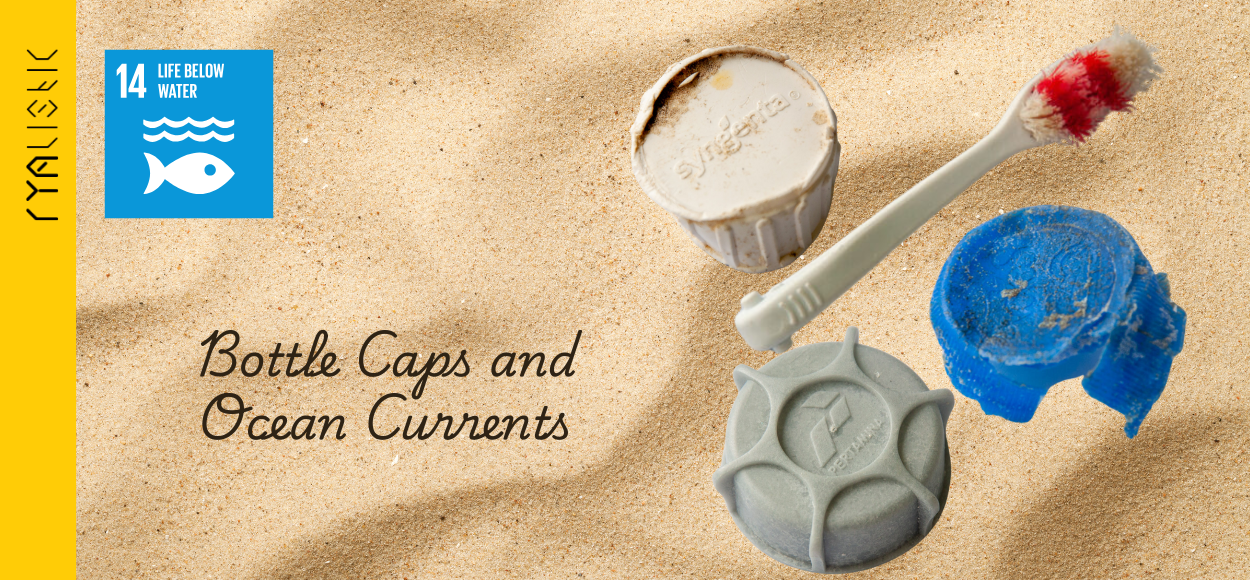On April 6, 2025, we spent the day at La Cambuse Beach. The breeze was gentle, and the sky was clear. While my dad and brother Mika took a short walk along the shore—about 183 meters—I stayed behind, savoring the peacefulness. They returned with their hands full of plastic bottle caps. Once home, we washed all the caps thoroughly and laid them out to dry. After a few days, we gathered together to sort them—by color, size, brand, country of origin, and even by the extent of damage. In total, we had 139 caps. You can view the detailed statistics here. Some were from drinks sold in Mauritius, like Coke and Crystal. What truly stood out was the sheer number of caps originating from Indonesia—over 30 in total, predominantly from a single brand: Aqua. It made us pause. How did something as small and ordinary as a bottle cap travel over 6,000 km across the Indian Ocean to end up on our beach? The answer lies in the South Equatorial Current, which flows from Indonesia toward Mauritius. That means some of these caps could’ve been floating for months—maybe even years—before washing up here. It’s strange and sad to think about: tiny bits of plastic making a long journey across the sea, outlasting the drinks they sealed. Many were cracked, sun-bleached, and broken. But they still arrived. What stood out most? The caps from Mauritius were mostly intact. The ones from far away—Indonesia, India, even Argentina—were in much worse shape. It’s like they carried a history of their long, chaotic ride across the ocean. We didn’t set out to do anything big that day. But we ended up learning a lot about ocean currents, pollution, and just how connected our world really is. It’s a reminder that what we throw away doesn’t really disappear—and sometimes, it comes back to someone else’s shore. If you enjoyed this and want more optimistic stories about our environment and small actions that matter, feel free to leave a comment and subscribe to my YouTube channel: https://www.youtube.com/@ryalistic MLA USED:Oceansplasticleanup. “GYRES INDIAN OCEAN CLEANUP.” oceansplasticleanup, Cleaner Oceans Foundation Ltd, www.oceansplasticleanup.com/ Gyres_Oceans_Plastics_Marine/ Indian_Gyres_Oceans_Marine_Plastic_Cleanup_Project.htm.

